Full text
PDF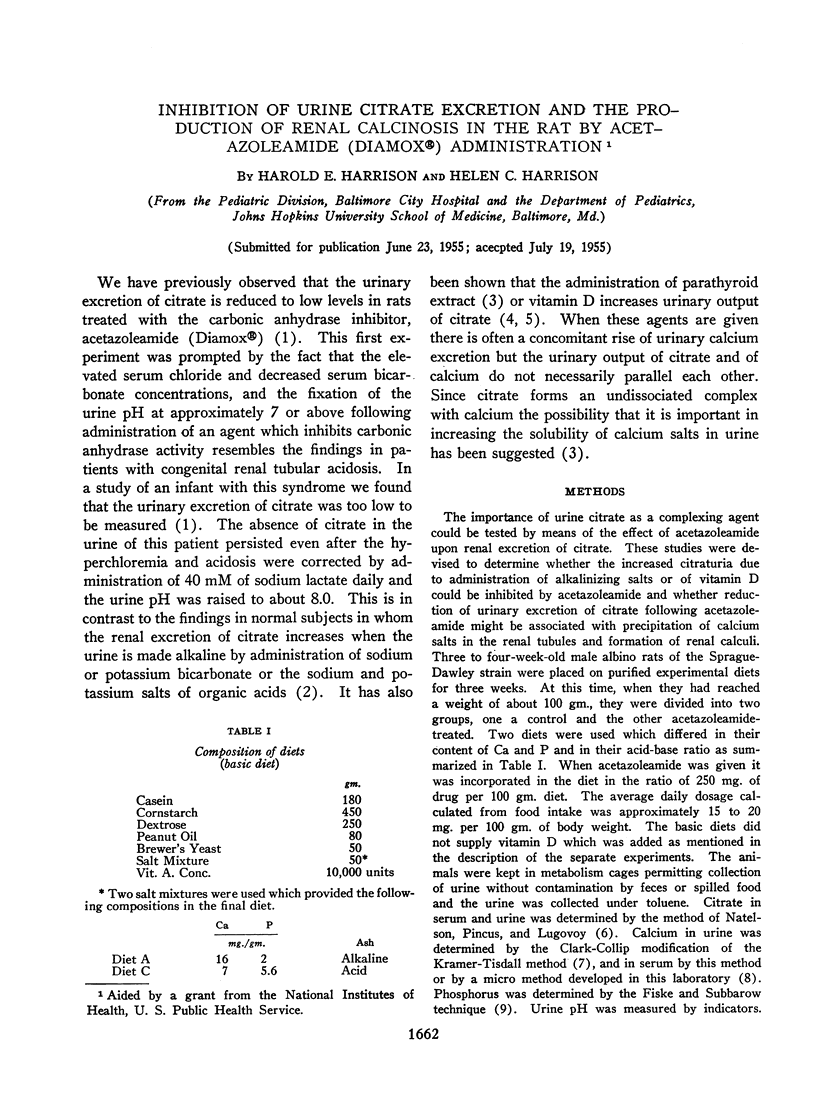
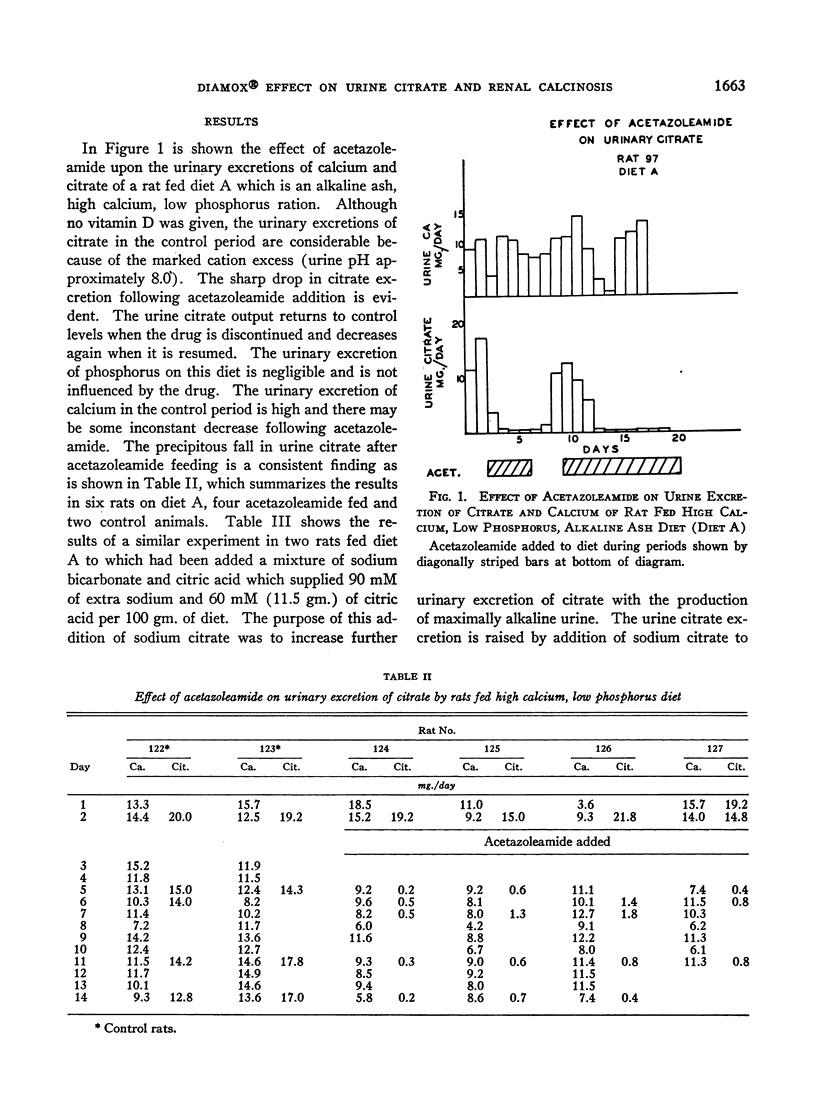

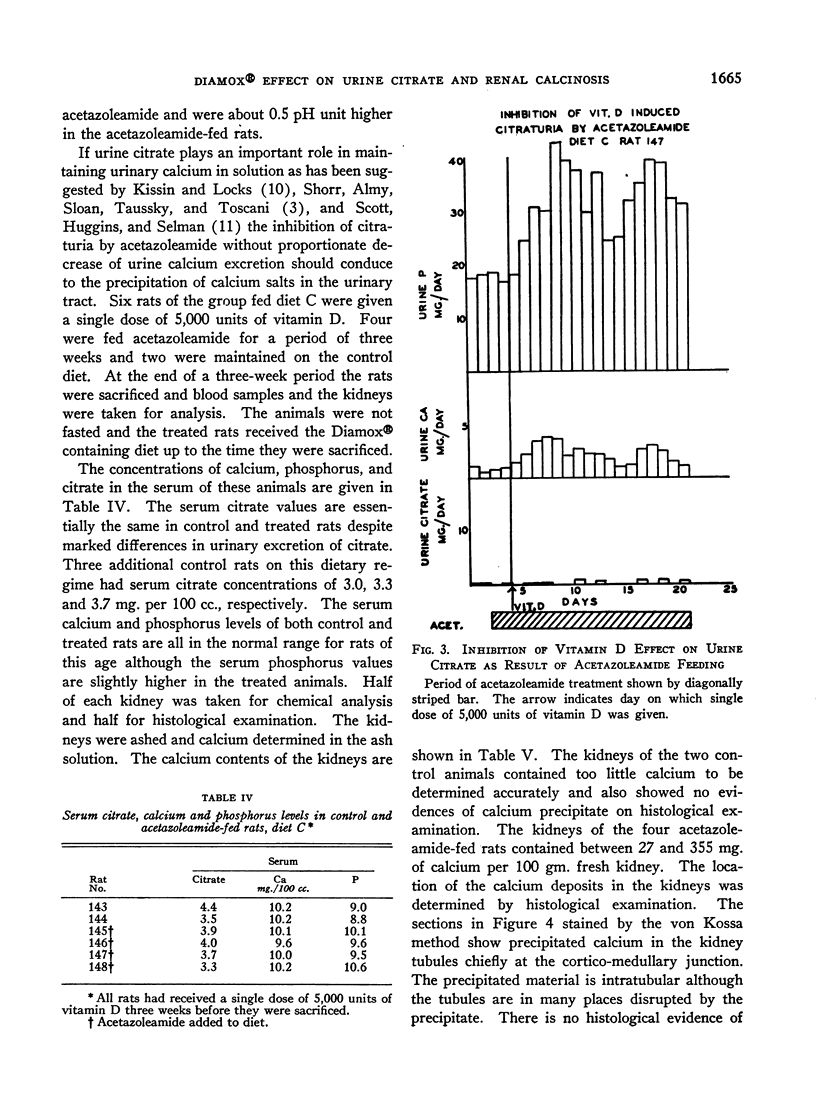
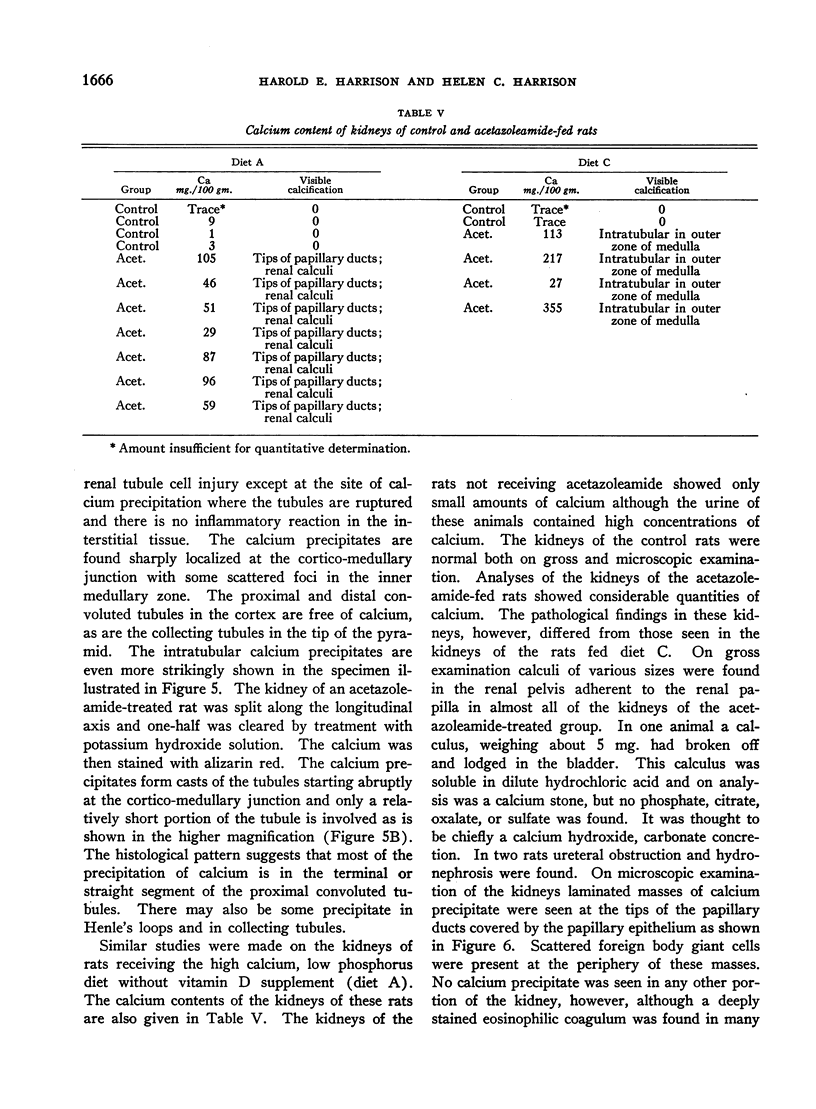
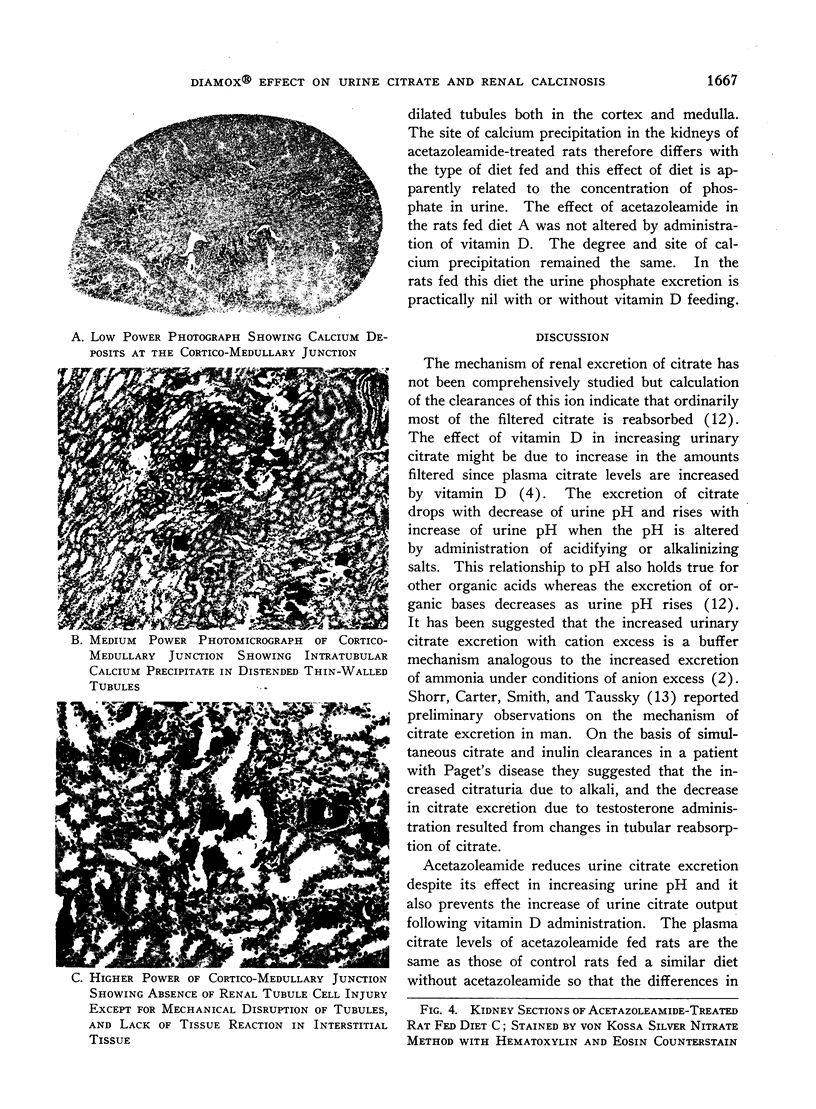
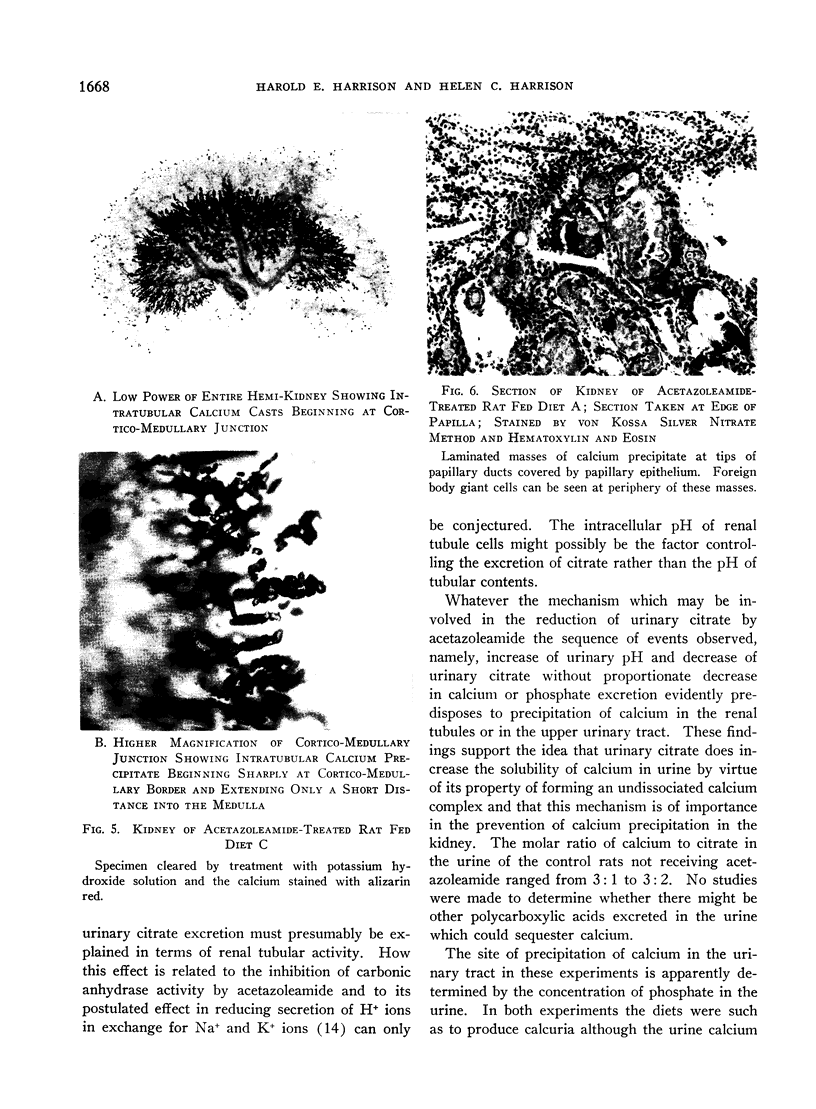
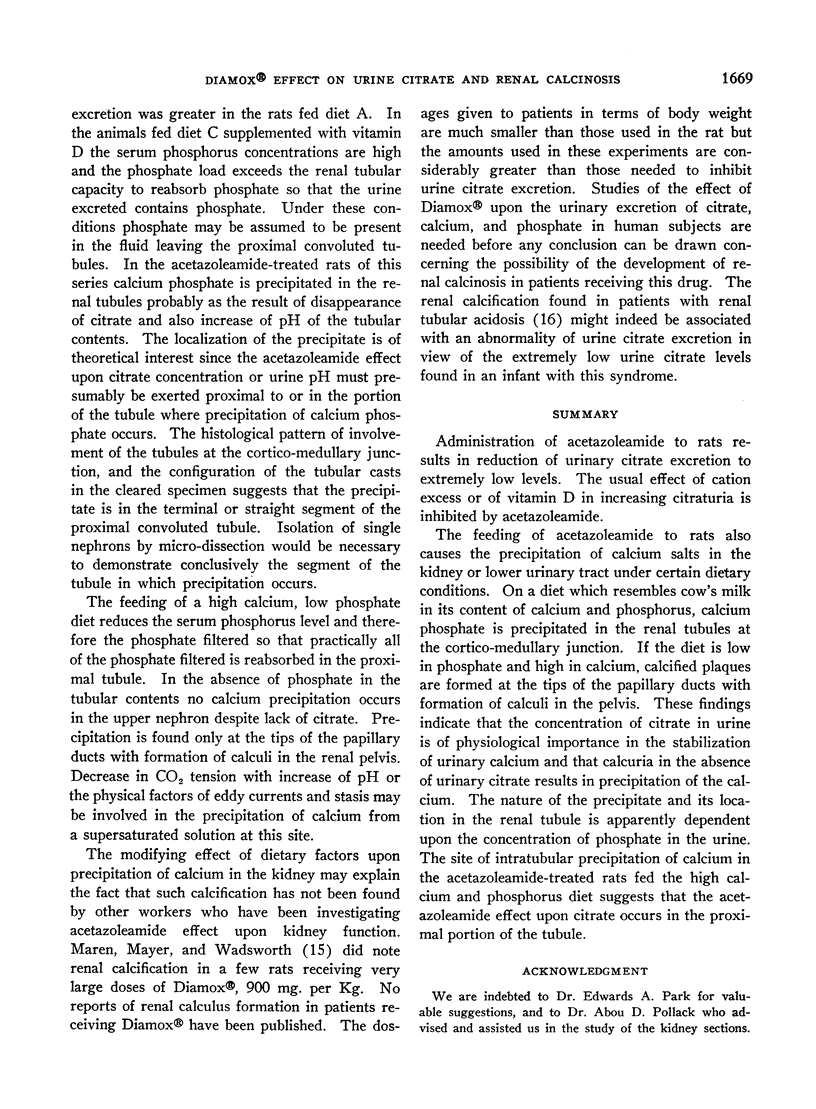
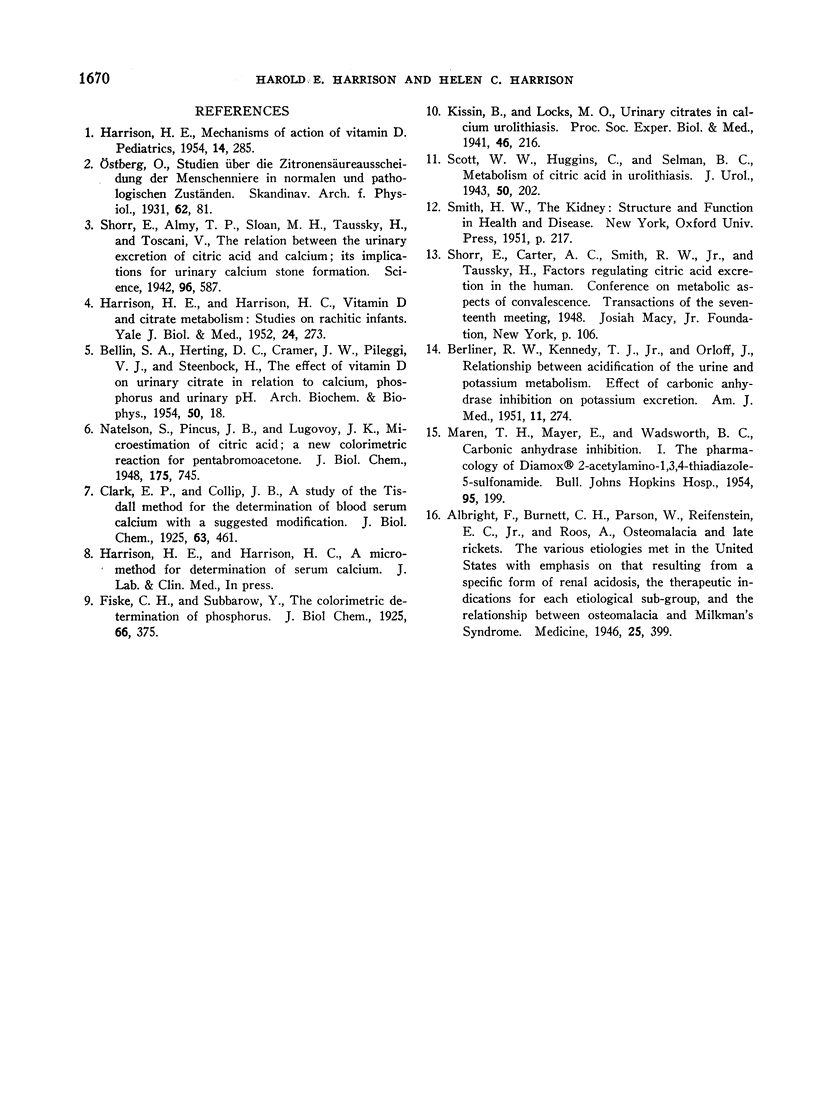
Images in this article
Selected References
These references are in PubMed. This may not be the complete list of references from this article.
- BERLINER R. W., KENNEDY T. J., Jr, ORLOFF J. Relationship between acidification of the urine and potassium metabolism; effect of carbonic anhydrase inhibition on potassium excretion. Am J Med. 1951 Sep;11(3):274–282. doi: 10.1016/0002-9343(51)90165-9. [DOI] [PubMed] [Google Scholar]
- HARRISON H. E., HARRISON H. C. Vitamin D and citrate metabolism; studies on rachitic infants. Yale J Biol Med. 1952 Feb;24(4):273–283. [PMC free article] [PubMed] [Google Scholar]
- HARRISON H. E. Mechanisms of action of vitamin D. Pediatrics. 1954 Oct;14(4):285–295. [PubMed] [Google Scholar]
- MAREN T. H., MAYER E., WADSWORTH B. C. Carbonic anhydrase inhibition. I. The pharmacology of diamox 2-acetylamino-1,3,4-thiadiazole-5-sulfonamide. Bull Johns Hopkins Hosp. 1954 Nov;95(5):199–243. [PubMed] [Google Scholar]
- Shorr E., Almy T. P., Sloan M. H., Taussky H., Toscani V. THE RELATION BETWEEN THE URINARY EXCRETION OF CITRIC ACID AND CALCIUM; ITS IMPLICATIONS FOR URINARY CALCIUM STONE FORMATION. Science. 1942 Dec 25;96(2504):587–588. doi: 10.1126/science.96.2504.587. [DOI] [PubMed] [Google Scholar]








